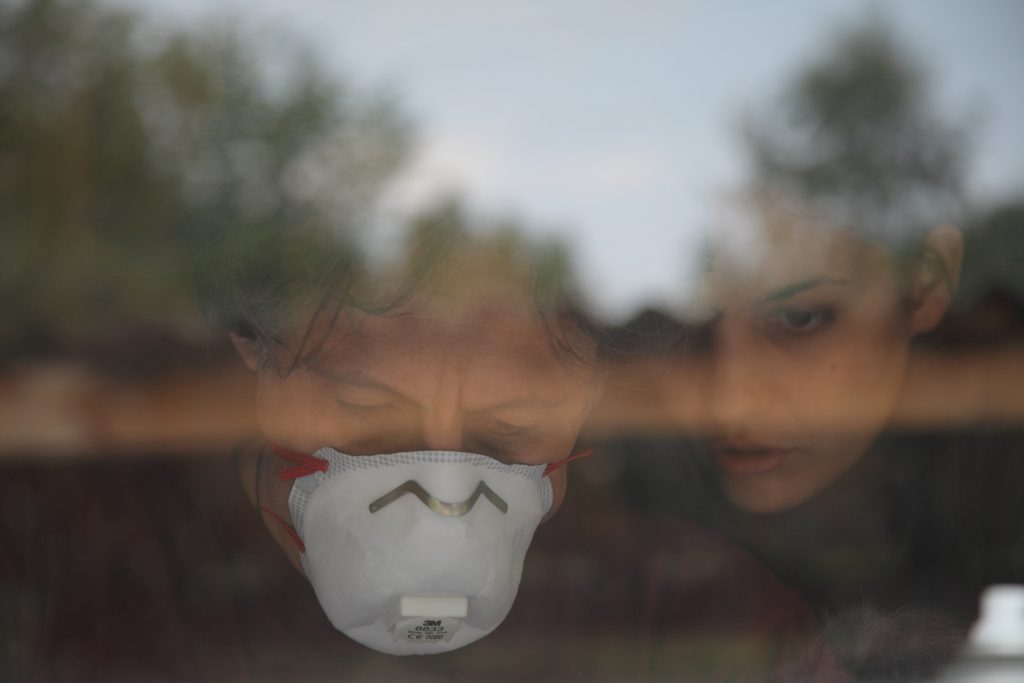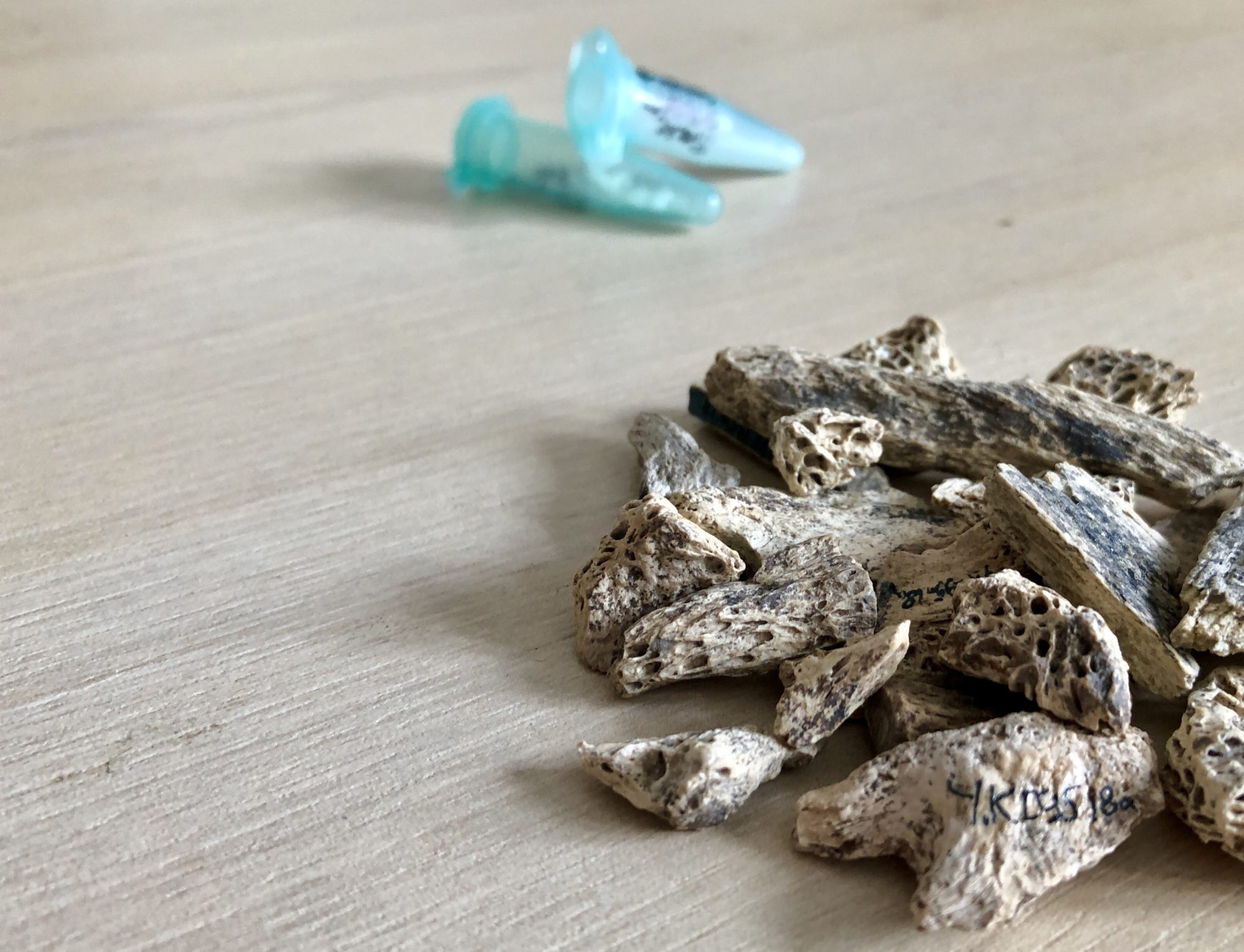Radiocarbon dating is the method of choice when it comes to absolute chronometric dating of organic samples, in our case, collagen from ancient bones. It goes back to 50,000 years ago and therefore encompasses some of the major human population changes that took place in Pleistocene Eurasia.
The use of Accelerator Mass Spectrometry (AMS) for the measurement of the residual radiocarbon in a sample means that very small organic materials (between 100-500mg of bone powder or around 0.5-2mg of C) can now be used and measured successfully and with high reproducibility. To minimize the effect of contamination that could affect old samples such as the ones we measure in FINDER, chemical cleaning protocols are constantly developed to remove exogenous C prior to AMS dating.

We collaborate with the Oxford Radiocarbon Accelerator Unit at the University of Oxford to obtain our dates.

